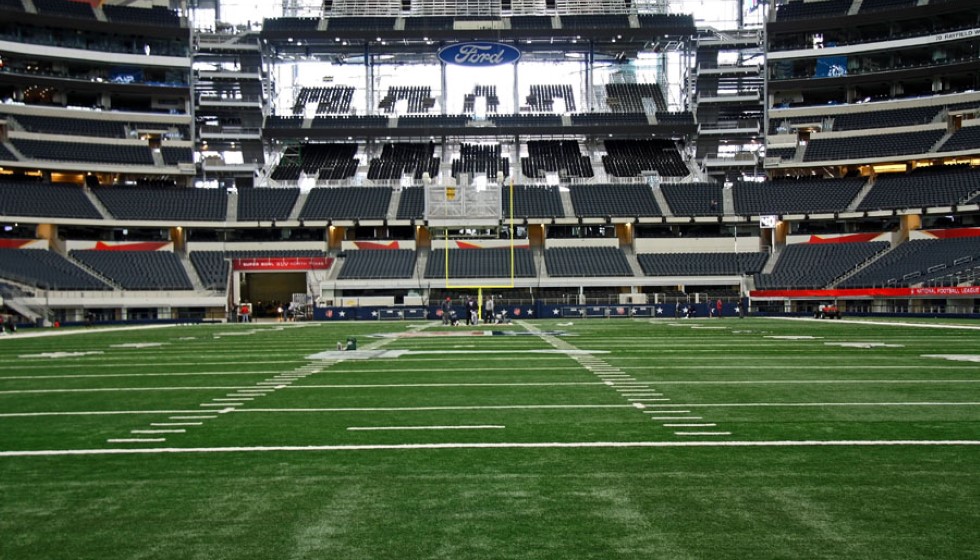
The NFL season made its much-anticipated return last Thursday with the Pro Football Hall of Fame Game, marking the commencement of the 2024 preseason. Die-hard football fans watched as the Chicago Bears faced off against the Houston Texans, offering the first taste of competitive football since the offseason.
Beyond the excitement of the game itself, much of the buzz centered around the NFL's newly implemented kickoff rules. These amendments are being trialed for the 2024 season, with the league aiming to balance the thrill of the game with the imperative of player safety. The modifications have introduced a number of fresh dynamics that could potentially shape the way football is played and viewed.
Game-Changing Rules
The revamped regulations require all players on the kicking team, except the placekicker, to line up on the receiving team’s 40-yard line. This change aims to limit the high-speed collisions that have historically occurred during kickoffs. Similarly, the receiving team must position at least nine of its players in a Setup Zone between their 30- and 35-yard lines, further structuring the return formation.
The rules also restrict the number of players in specific zones. For instance, only two players from the receiving team can stand within the Landing Zone, which runs from the goal line to the 20-yard line. Moreover, neither Setup Zone players nor kicking-team players can initiate movement until the ball has either hit the ground or been fielded by a returner within the Landing Zone or the end zone.
Impact on Game Strategy
Should a kicked ball land before the Landing Zone, the play is deemed dead, and the receiving team gains possession at its own 40-yard line. This provision ensures that players won’t have to dive into potentially perilous scrambles for short kicks. Conversely, kicks landing within the Landing Zone must be returned unless they reach the end zone and are subsequently downed for a touchback. In such situations, the receiving team begins their drive from their own 20-yard line.
Should the kick sail through the back of the end zone or be downed within it, a touchback is called, and the receiving team starts from their 30-yard line. This rule is designed to discourage kickers from driving the ball too deep for strategic purposes. Notably, the existing rules for onside kicks have been retained, but with a crucial alteration: they can now only be attempted in the fourth quarter by a team that is trailing, adding an element of strategic complexity and urgency.
Balancing Act
These changes underscore the NFL's commitment to carefully evaluating the balance between keeping the game entertaining and ensuring player health. By introducing these rules on a provisional basis, the league will closely monitor their impact throughout the season. The data collected will aid in determining whether these rules will become a permanent part of the game.
As the season progresses, these new kickoff dynamics will likely play a significant role in team strategies, from field positioning to overall player performance. Coaches will need to adapt their game plans, and players will have to adjust their instincts on the field. Fans, too, will be keenly observing how these alterations influence the outcomes of games and the flow of play.
In this evolving landscape, the NFL season promises not just thrilling games but also an intriguing experiment in the sport’s continuous evolution. The league strives to balance tradition with innovation, aiming to preserve the core excitement of football while paving the way for a safer playing environment.